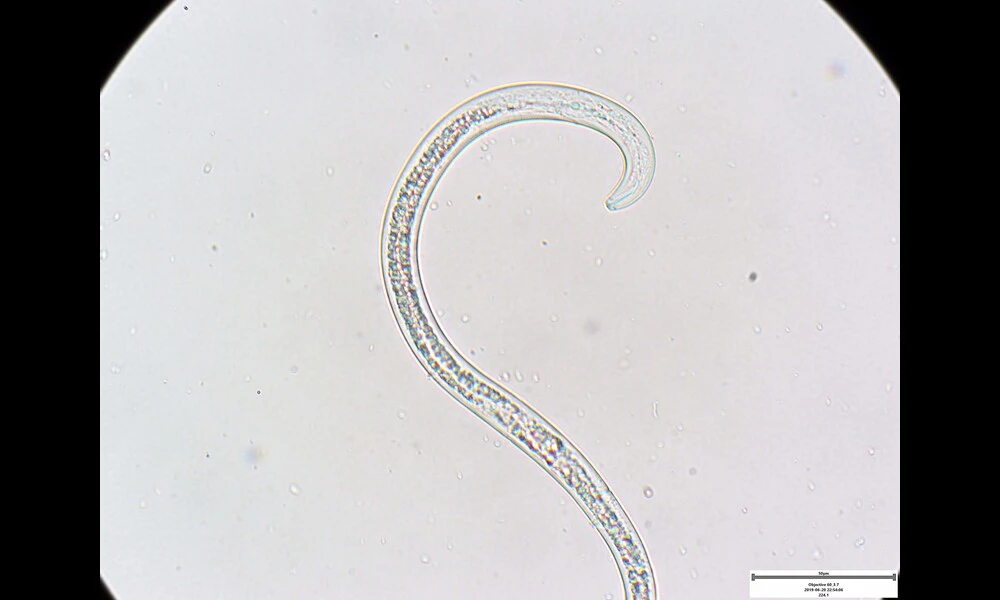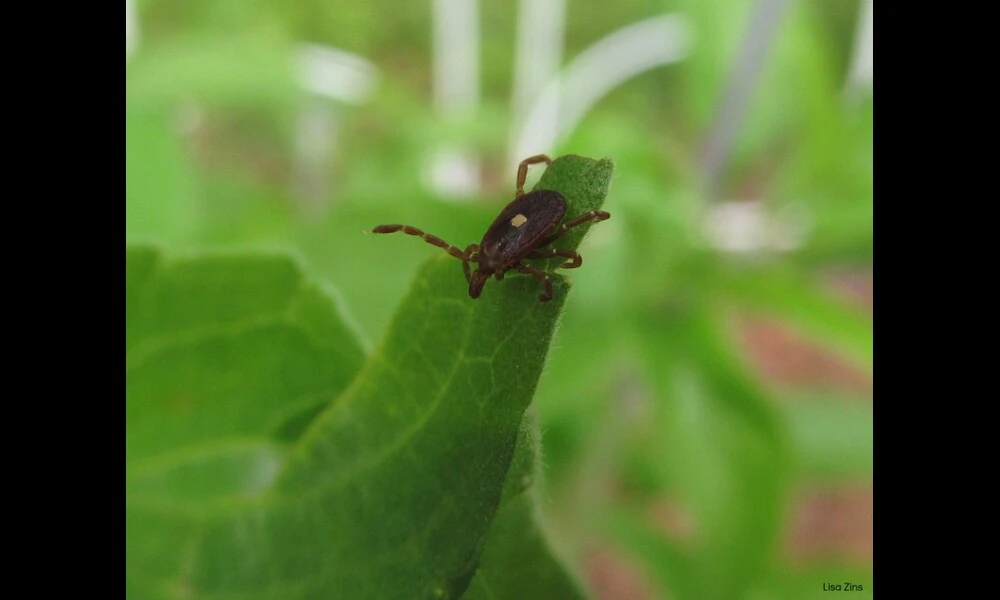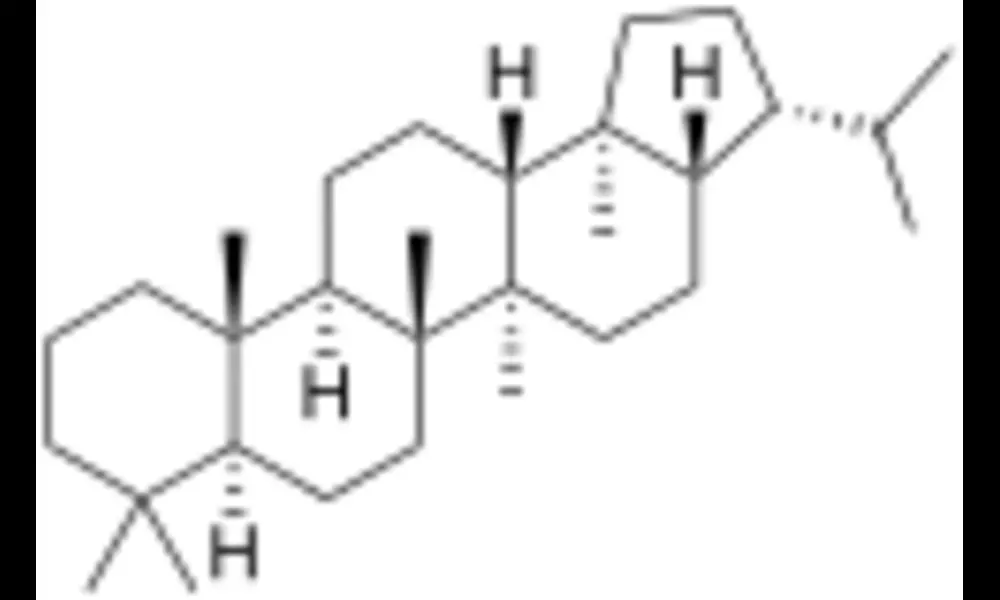659 Genes That Enable Plant-Parasitic Nematodes
Published on Thu Jan 04 2024 paritic_nematode_001-2019-06-20-22-54-06 | Lawrence Perepolkin on Flickr
paritic_nematode_001-2019-06-20-22-54-06 | Lawrence Perepolkin on FlickrIn a groundbreaking study, researchers have meticulously mapped the tools—or "effectors"—used by a plant-parasitic nematode to infect and drain vital nutrients from its host plants, threatening crucial crop yields worldwide. This comprehensive characterization, led by the Crop Science Centre at the University of Cambridge, dissects the effector repertoire of the beet cyst nematode, Heterodera schachtii, revealing 659 genes involved in different stages of plant parasitism. These findings, which provide a systems-level understanding of a nematode's infection strategy, were detailed in a preprint posted on bioRxiv.
Nematodes are microscopic roundworms that attack the roots of plants, leading to staggering agricultural losses estimated at over $80 billion globally. Their destructive power stems from a specialized set of proteins, the effectors, which they secrete into the plant to hijack its cellular mechanisms, suppress plant defenses, and establish a feeding site—or pseudo-organ—exclusively for nematode nourishment.
Prior attempts to identify these effectors were hindered by limited technology and incomplete knowledge. However, the Cambridge-led team has surmounted these challenges through advanced gland cell isolation, allowing detailed analysis of the effector genes across key life-stages of the pest. Their efforts highlighted 293 previously known high-confidence effector genes, alongside 366 newly discovered ones, constituting a surprisingly complex and vastly diverse set of molecular weapons used by the nematode.
The practical implications of this research stretch far beyond academic curiosity. By decoding the effector arsenal, scientists aim to disrupt the nematode's lifecycle and uncover new targets for crop protection strategies. Protecting food sources from such devastating parasites is more than an economic concern—it is a critical step towards ensuring global food security.
Furthermore, the study's innovative techniques and its revelation of how nematodes tactically deploy effectors over time and likely regulate these processes using specific transcription factors extend an invitation to other scientists to delve deeper into the nematode-borne disease mechanisms. It also offers a blueprint for biotechnological advances that could transform agricultural practices and plant disease resistance.
The researchers' comprehensive dataset not only enriches our understanding of nematode pathology but also forms a foundation for future functional studies of nematode effectors. This collaborative effort combines expertise in genetics, bioinformatics, and crop science—emphasizing the power of interdisciplinary approaches in tackling some of the most pressing issues in food and agriculture today.



